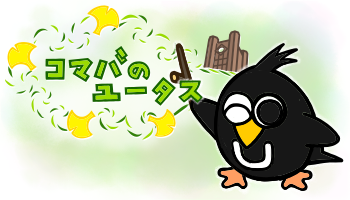教養学部報
第594号 ![]()
'Getting to the Heart of Learning : Evidence-based Science Education'
Jonathan Woodward
The debate over the best approaches to teaching will no doubt rage on, but for Nobel Prize winning physicist, Carl Wieman, the only way to find out which approaches are beneficial is to measure their efficacy, carefully and methodically. This he has done for many years now, and it has given him a pretty good idea about what works and what doesn’t. In the middle of April, he came to Tokyo to tell us what he has learned.
On the 23rd April, around 150 educators and students attended the annual symposium of Komaba’s Global Faculty Development initiative. Dr. Wieman, who shared the Nobel Prize for Physics in 2001 for creating the first true Bose-Einstein condensate, was the plenary speaker. Fortunately for the education community, Dr. Wieman has long been interested in how students learn to become good physicists and has devoted years to investigating this, in addition to the way that atoms behave (hence his joint professorship at Stanford in both physics and education). In recent years, the University of Colorado and the University of British Columbia have made large scale changes to their teaching programs in science and engineering based on Dr. Wieman’s methods. The day before the symposium, Dr. Wieman was kind enough to talk to almost 200 UTokyo students about how they can use his findings to optimise their own studies. The session included a 40 minute open discussion in which the students peppered Dr. Wieman with questions in English and the session closed with many raised hands still in the air!
Dr. Wieman’s approach throws lecturing out of the window and focusses on using Eric Mazur’s ‘Peer Instruction’ technique in which students study new materials before class and then solve challenging conceptual problems, first individually and then in groups. This method means that students learn to make use of the concepts they are studying in a practical way and they rapidly develop expertise by making critical decisions in which they select from and apply different ideas. In his lecture, Dr. Wieman explained that the approach for the teacher is similar to that of an athletics coach - helping students focus on practicing and applying different concepts and skills in the same way a coach helps an athlete develop stamina, identify weaknesses or increase power.
The symposium concluded in a lively panel discussion with real-time electronic feedback from the audience, in which the possibility of introducing Dr. Wieman’s ideas in Japanese universities made for a highly stimulating debate. The panelists were Dr. Takatoshi Murata, the President of the Physics Association of Japan, Dr. Yuko Fujigaki, who worked as a Vice Dean of the College of Arts and Sciences on UTokyo’s education reform, Dr. Yuichiro Watanabe, the head of OPES, which runs UTokyo’s only undergraduate science degree taught in English, and Dr. Richard Shefferson, an ecologist who has taught science to undergraduates and graduates in both the U.S. and Japan.
(Organisation for Programs on Environmental Sciences (OPES) / Chemistry)
Additional information :
Dr. Wieman’s slides are available for download from the Global Faculty Development website - http://www.gfd.c.u-tokyo.ac.jp/
無断での転載、転用、複写を禁じます。

